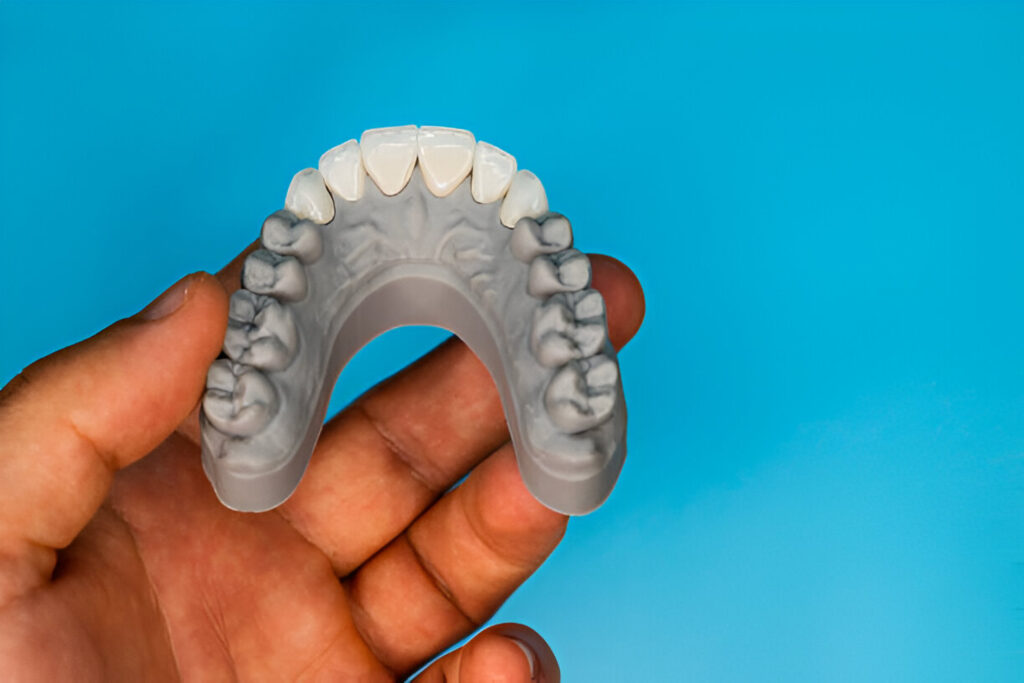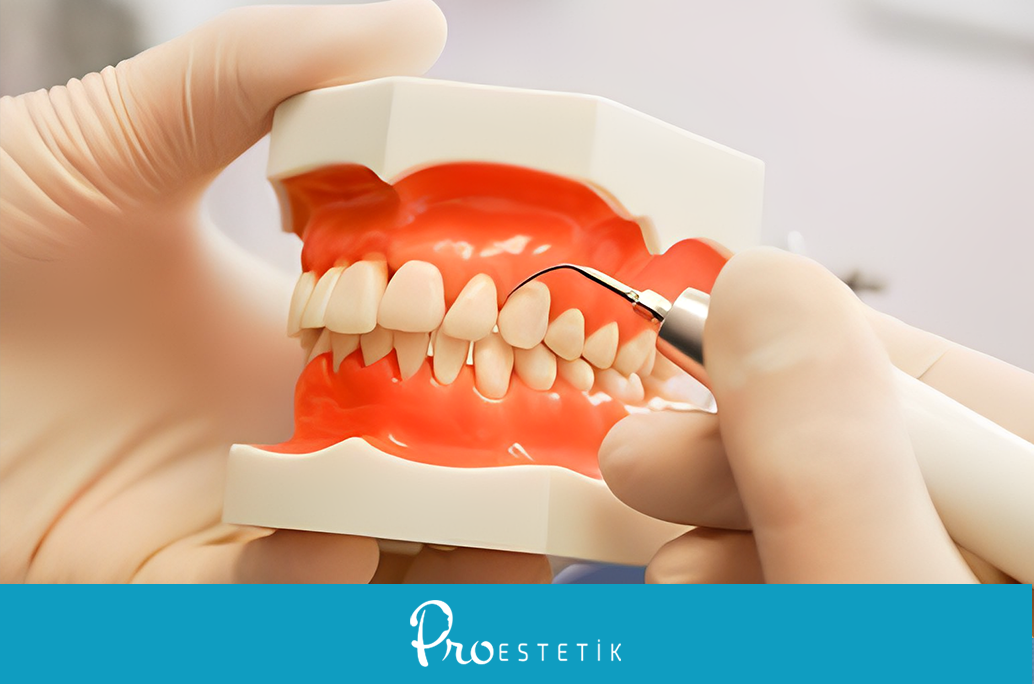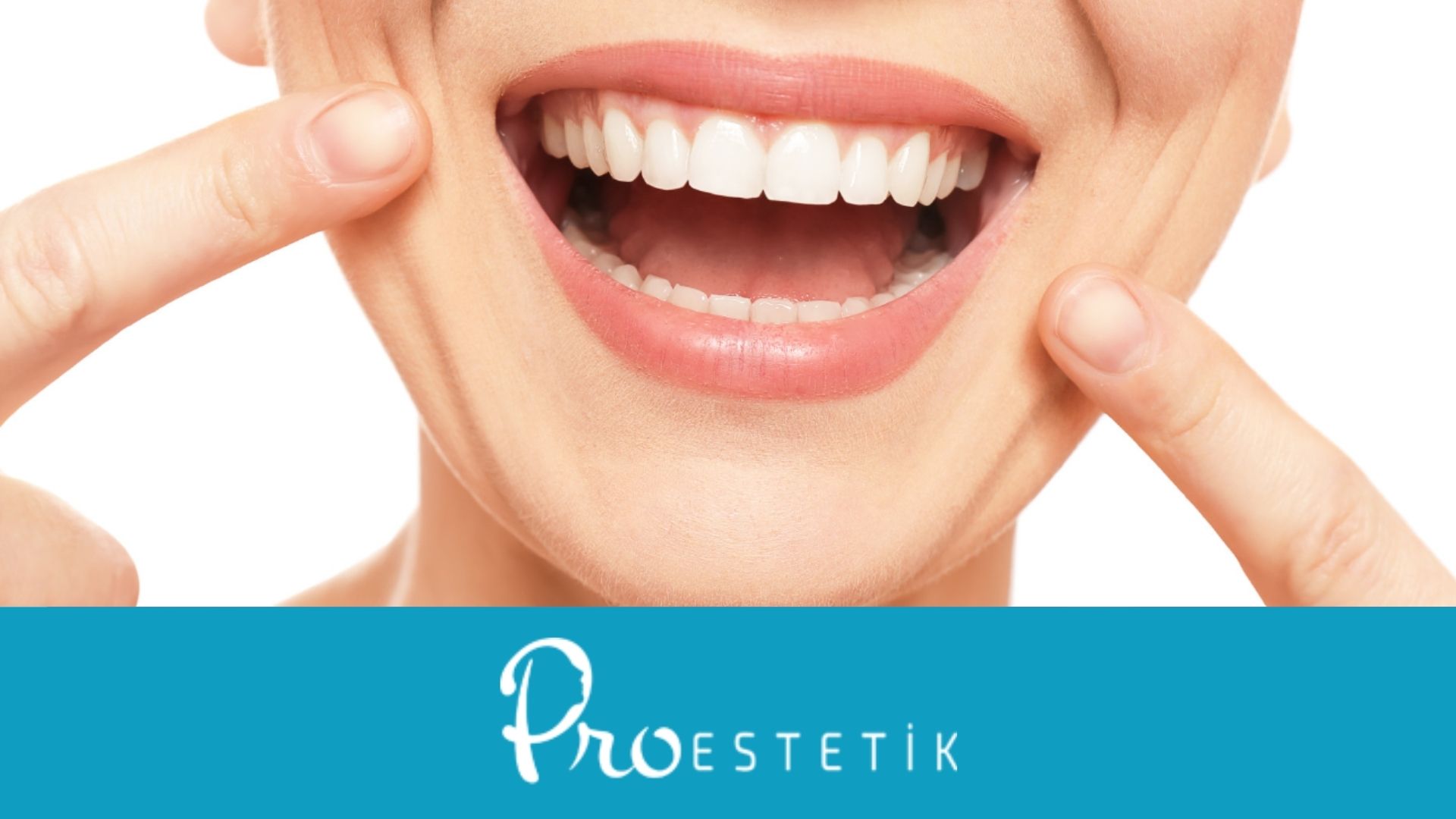Monolithic zirconia is a type of ceramic material used in the restoration of damaged teeth and in filling areas with tooth loss. Let's explain in detail what a monolithic crown is and its characteristics.
What Is Monolithic Zirconia?

People are often curious about what monolithic zirconia means. A monolithic crown is a type of crown used for damaged teeth. This type of crown is also preferred in implant and prosthetic applications. It is typically used on front teeth due to its aesthetic appearance.
This dental crown material is produced from zirconia in disc or block form. Block zirconia is also applied in dental treatments such as bridges and implants. Zirconia is frequently preferred because it is more compatible with the tooth color and has a more durable structure.
How Is a Monolithic Zirconia Crown Done?
Since monolithic zirconia is both durable and aesthetic, people with dental problems often opt for zirconia crowns. So, how is a monolithic zirconia crown done? Let's answer this question step by step:
Monolithic Crown Procedure
- Before the zirconia crown is applied, a dental examination must be performed, and an X-ray should be taken by the dentist.
- Once the damage to the teeth is identified, the teeth must be shaped to fit the zirconia crown.
- The shaped teeth are then measured, and the zirconia blocks are designed accordingly.
- The designed zirconia crowns are prepared to match the natural tooth color.
- These prepared crowns are then properly placed onto the teeth.
People often ask whether monolithic zirconia is strong. This type of crown is known for its durability. There are also many advantages to zirconia crowns, which we will discuss in the following section.
Advantages of Monolithic Zirconia Crowns

The monolithic crown is a type of crown preferred by people with damaged teeth. It is durable and has an elegant appearance. There are several advantages to zirconia crowns. Let’s go over the benefits of monolithic zirconia crowns step by step.
Advantages of Zirconia Crowns
- When applied to teeth, zirconia crowns provide a stylish and aesthetic look.
- This type of crown offers a very natural appearance because it closely resembles the natural tooth color.
- It is highly compatible with natural teeth.
- The risk of allergic reactions with monolithic zirconia crowns is quite low.
- Since this crown type is not metal-based, the crown edges are not visible along the gumline when smiling. This makes people feel more confident and comfortable.
- Zirconia material adheres well to the teeth when used as a crown, reducing the likelihood of it falling off.
- Due to its durability, zirconia crowns are highly resistant to wear.
Zirconia crowns help teeth look more aesthetically pleasing because of their durability and natural appearance. People are also curious about the prices of monolithic zirconia crowns. The price of zirconia crowns generally varies depending on the tooth region and the purpose of use.
Who Can Get a Monolithic Crown?

Monolithic crowns are used for people who have experienced tooth loss. In addition to tooth loss, this type of crown can be applied in various other situations. Let's detail who can get a monolithic crown.
Who Should Get Monolithic Zirconia Crowns?
- People who clench their teeth
- Those with damage to their front teeth
- People experiencing tooth discoloration
- Individuals with gum problems
- People with severe tooth sensitivity
- Those who grind their teeth or have tooth wear
People experiencing these issues can opt for zirconia crowns to not only solve their problems but also achieve a more aesthetically pleasing smile.
What Is the Difference Between Monolithic and Regular Zirconia?

People with damaged teeth often consider getting a zirconia crown. However, they may wonder whether monolithic or regular zirconia is more practical. Monolithic zirconia, which is produced in block form, is considered to be more durable. Let’s compare monolithic zirconia with regular zirconia step by step.
Differences Between Monolithic and Regular Zirconia
- Monolithic zirconia crowns are made in block form, while regular zirconia is applied in layers.
- Special colorants are used on the outer surface of monolithic crowns, while porcelain is applied to the outer surface of regular zirconia.
- The treatment time for monolithic crowns is shorter, whereas regular zirconia treatments take longer.
- Monolithic crowns offer greater transparency similar to natural teeth, while regular zirconia is less transparent.
- Monolithic crowns are more durable and stronger, whereas regular zirconia may experience wear over time.
Monolithic crowns are more natural-looking and durable compared to regular crowns.
Why Do Monolithic Zirconia Crowns Break?
People often wonder why monolithic zirconia crowns break. Zirconia crowns can break due to excessive force when chewing hard foods, wear and tear, or poor dental hygiene.
Contact Us!
For information about your dental treatment and pricing, you can contact us to learn about monolithic zirconia crown prices in İzmir for your specific treatment. You can also take advantage of our free initial consultation with our expert dentists.

 English
English Turkish
Turkish Deutsch
Deutsch العربية
العربية![[:en]What Is a Monolithic Zirconia Crown | Advantages, Usage Areas![:tr]Monolitik Zirkonyum Kaplama Nedir, Nasıl Yapılır?[:de]Was ist eine monolithische Zirkonkrone und wie wird sie gemacht?[:ar]ما هي تيجان الزركونيوم الأحادية وكيفية صنعها؟ كافة التفاصيل[:] Monolitik Zirkonyum](https://proestetik.com.tr/wp-content/uploads/2024/10/monolitik-zirkonyum.png)










